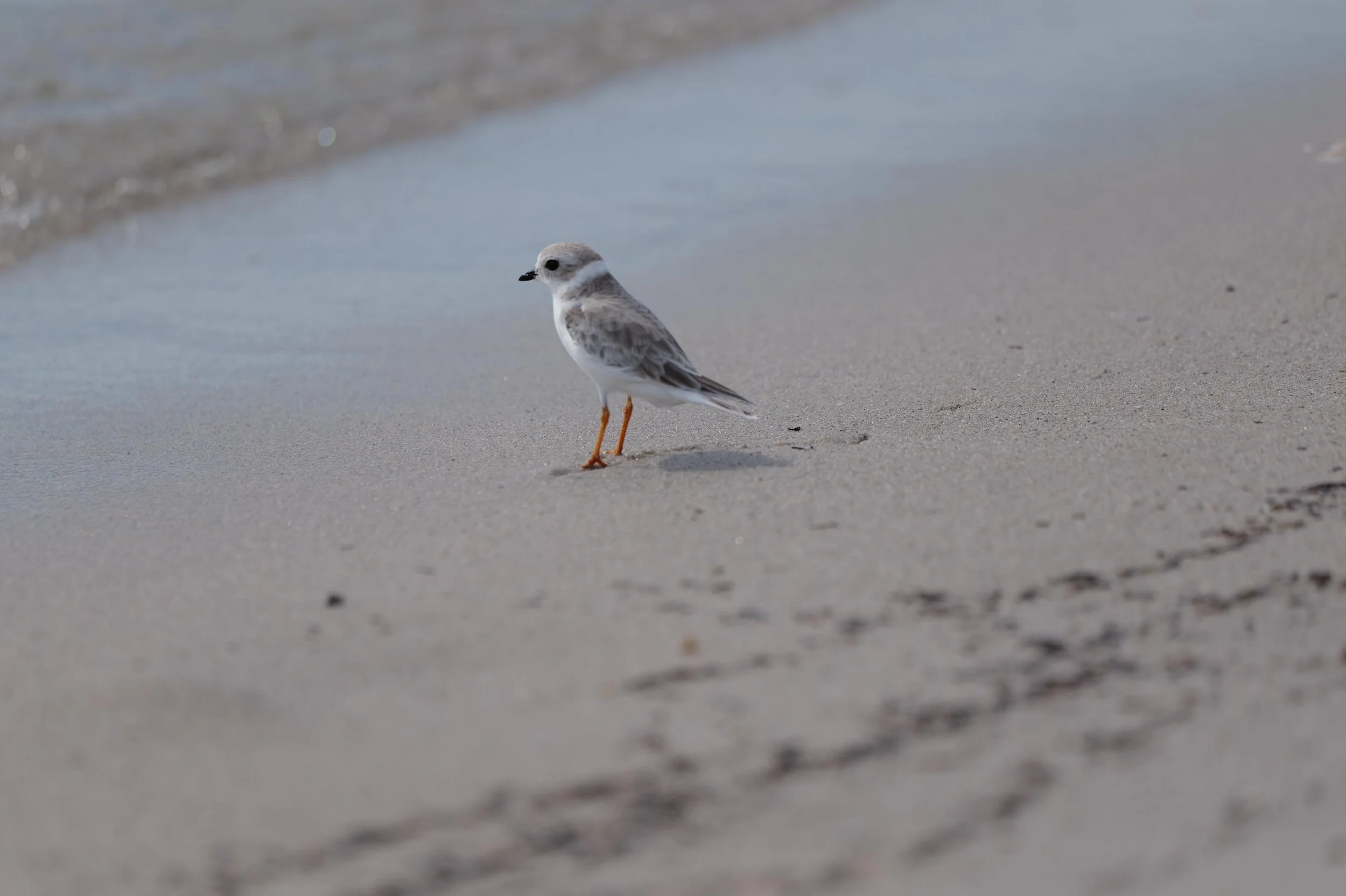Forty-two birders joined Marc and Eliana Kramer on Saturday, September 14 for a morning of fall migration birding at Crandon Park on Key Biscayne. Following is Marc’s recap of the trip:
“Crandon Park, located on the barrier island of Key Biscayne, is one of the top biodiverse birding hotspots in Miami-Dade County. It’s situated in a critically important location, smack dab on the Atlantic Flyway, and is a prime spot for birds to stopover during fall migration. This strategic location, combined with a plethora of different habitats, have put it in the top ranks of Miami eBird hotspots with 271 bird species recorded to date. From tropical hardwood hammock, sandy beaches, coastal dunes, brackish water ponds, and other productive habitats, this is the place to be if you want to see a variety of birds within a compact area. Trip leaders Marc & Eliana Kramer chose this spot for the location of a Tropical Audubon Society field trip on Saturday, September 14, 2024.
With a whopping 42 birders joining the walk, we began our birding at the south entrance of the park, entering the Crandon Gardens area, or former grounds of the Crandon Zoo. As Marc & Eliana welcomed the group in the parking lot, a Cooper’s Hawk flew swiftly by while a Fish Crow croaked out some “aah-aah” calls and White Ibis darted back and forth through the sky. Warblers were present in small numbers and the group enjoyed glimpses of 9 warbler species including Northern Parula, Ovenbird, Northern Waterthrush, American Redstart, and Yellow-throated, Black-throated Blue, Cape May, Worm-eating, and Prairie Warbler. Introduced “ABA-Countable” exotics are fairly dependable here and we made note of the park’s resident Indian Peafowl, Egyptian Geese, Muscovy Ducks, along with the last remaining Sandhill Crane individual that is a third-generation offspring from a former captive collection in this area. Waterbirds present including the state-threatened Tricolored Heron, Common Gallinules with a juvenile in tow, Belted Kingfisher, and both Black-crowned and Yellow-crowned Night-Heron. A Great Crested Flycatcher was present at the south entrance of the garden, and a mystery flycatcher vocalization that may have been an Empidonax or Contopus species remained unidentified.
The weather was unquestionably hot and humid, with temperatures in the mid to upper 80’s °F, but that didn’t deter the perspiring birders from taking it over to the beach side for shorebirds. Piping Plovers, protected as a Threatened species by the Federal Endangered Species Act, spend a large portion of their year wintering in Florida. The beaches of Crandon Park are a regular wintering spot for them and we had at least 22 individuals on the beach, some of them wearing color bands on their legs. They were joined by 2 Semipalmated Plovers and a token Sanderling. As it was low tide, it’s possible that other shorebirds were off feeding in the northern section of the park where the beach has better foraging habitat. In addition to the shorebirds, we spotted a large flock of Royal Terns and Laughing Gulls, including a handful of recently fledged Laughing Gulls in beautifully fresh juvenile plumage. Southbound Barn Swallows streamed by the coastline in good numbers. Having called it a day around 10:45am, our final sighting of the day occurred soaring high in the sky — two Short-tailed Hawks in a kettle of Black Vultures. In total, 47 species were tallied and everyone left hoping for cooler weather on the next TAS birding outing!”
Marc compiled an eBird checklist for the trip, which can be viewed here.
Piping Plover: Photo by Aurora Bruzon

